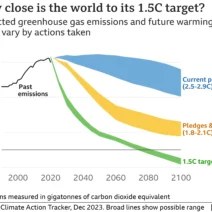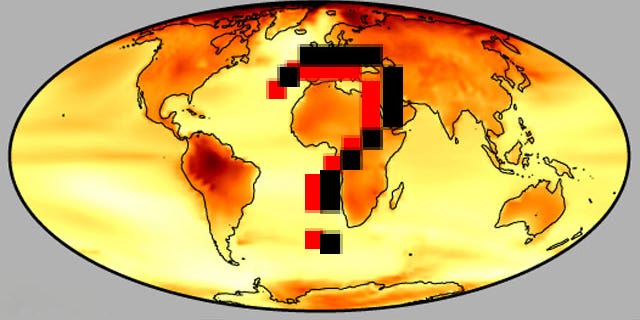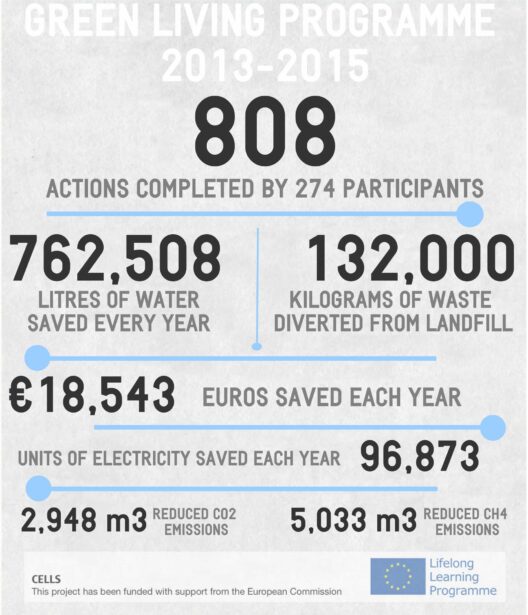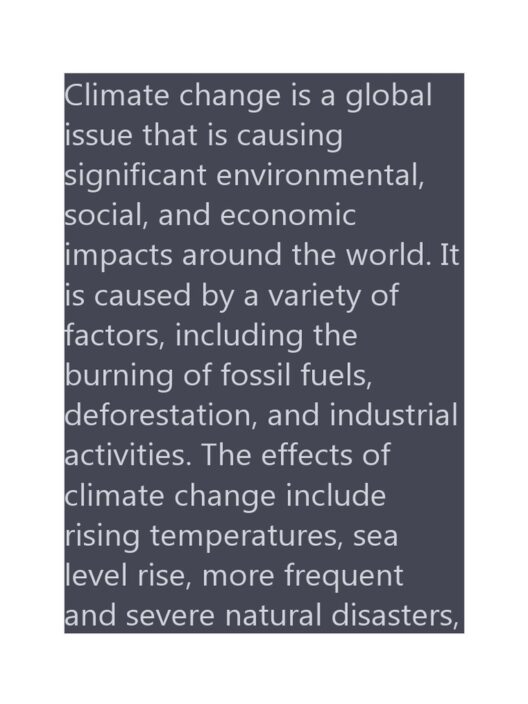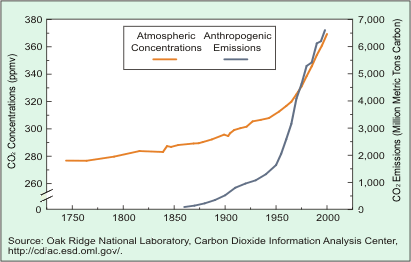Global warming predictions are a critical aspect of contemporary climate science. The discussion encompasses various methodologies, the reliability of different models, and the implications of these predictions on policy and society. As we delve into this multifaceted issue, it becomes paramount to unravel the complexities that inform such predictions.
At the core of climate predictions are climate models, sophisticated computational algorithms designed to simulate Earth’s climate system. These models elucidate the relationships between various atmospheric components, including greenhouse gases, aerosols, and natural phenomena. They are indispensable tools for forecasting future climatic conditions under divergent emission scenarios and are classified into two primary types: energy balance models and more intricate general circulation models (GCMs). While energy balance models provide a simplified overview, GCMs offer a comprehensive understanding of physical climate dynamics.
The reliability of global warming predictions is intricately linked to the assumptions underlying these models. For instance, most models incorporate greenhouse gas emission trajectories based on socio-economic projections. These pathways dictate potential temperature increases and other planetary changes. However, uncertainties in future human behavior, technological advancements, and policy initiatives introduce variability in predictions. It is essential to understand that these scenarios range from ‘business as usual’ trajectories to aggressive mitigation strategies, reflecting an array of possible futures. The divergence in outcomes underscores the inherent uncertainty in long-term forecasts.
Furthermore, climate sensitivity—the degree to which the Earth’s temperature responds to increased atmospheric carbon dioxide—is another critical aspect. This sensitivity is estimated through various methodologies, often producing a range of outcomes. The uncertainty surrounding climate sensitivity is partly due to feedback mechanisms, such as cloud formation and ice behavior, which can amplify or mitigate warming. Thus, predicting how these feedbacks will function under altered climate conditions remains a challenge, contributing to varying predictions among models.
One of the salient issues in interpreting global warming predictions is the phenomenon known as ‘model uncertainty.’ Different models, even when based on similar datasets, can produce dramatically different outcomes. This discrepancy can arise from variations in how models represent physical processes, the inclusion or exclusion of certain feedback loops, and the resolution at which the models operate. Ensuring fidelity and consistency across models becomes a daunting endeavor, one that demands continuous refinement as our understanding of climate dynamics progresses.
Another layer to consider is observational uncertainty. Scientists rely not only on models but also on historical climate data and observational evidence to validate their predictions. However, measurement challenges exist, especially regarding long-term climate records affected by changes in technology and data collection methods. Data gaps and discrepancies in historical climate records can introduce biases, further complicating the landscape of predictions.
Despite these uncertainties, the overarching consensus among climate scientists is that global warming is a reality, driven predominantly by human activities. Numerous peer-reviewed studies corroborate the notion that the Earth’s average surface temperature has risen significantly since the late 19th century, with the last few decades being the warmest in recorded history. As the carbon dioxide concentration in the atmosphere surpasses 400 parts per million, the implications for ecosystems and human civilization become increasingly severe.
Communicating the nuances of global warming predictions is paramount. For the general public, the narrative often revolves around simple messages about warming temperatures and rising sea levels. However, the robust science suggests a far more complex array of impacts, from shifts in weather patterns and increased frequency of extreme events to alterations in biodiversity and ecosystem services. These cascading effects necessitate a nuanced understanding of how global warming predictions can inform both local and global policy decisions.
In many cases, the urgency of climate change action is driven by the projected timelines presented in global warming predictions. The Intergovernmental Panel on Climate Change (IPCC) reports illustrate that immediate reductions in greenhouse gas emissions are critical to mitigate the most catastrophic impacts of climate change. The necessity for swift action is underscored by scientific predictions that indicate a narrowing window in which to avert the most severe climate consequences.
International frameworks such as the Paris Agreement seek to unify global efforts to limit warming to well below 2 degrees Celsius, with aspirations to restrict the increase to 1.5 degrees. Achieving these targets demands an immense transformation across all sectors—energy production, transportation, agriculture, and beyond. The scientific community’s predictions serve as both a warning and a blueprint for action, delineating potential pathways to a sustainable future.
In summary, while global warming predictions are subject to various uncertainties and complexities, they provide essential insights into the trajectory of Earth’s climate. They illuminate the critical need for informed decision-making, precautionary policies, and collaborative action. As society grapples with these projections, it becomes increasingly vital to cultivate a well-rounded comprehension of climatic phenomena, ensuring that strategies are both effective and responsive to the changing climate landscape.

